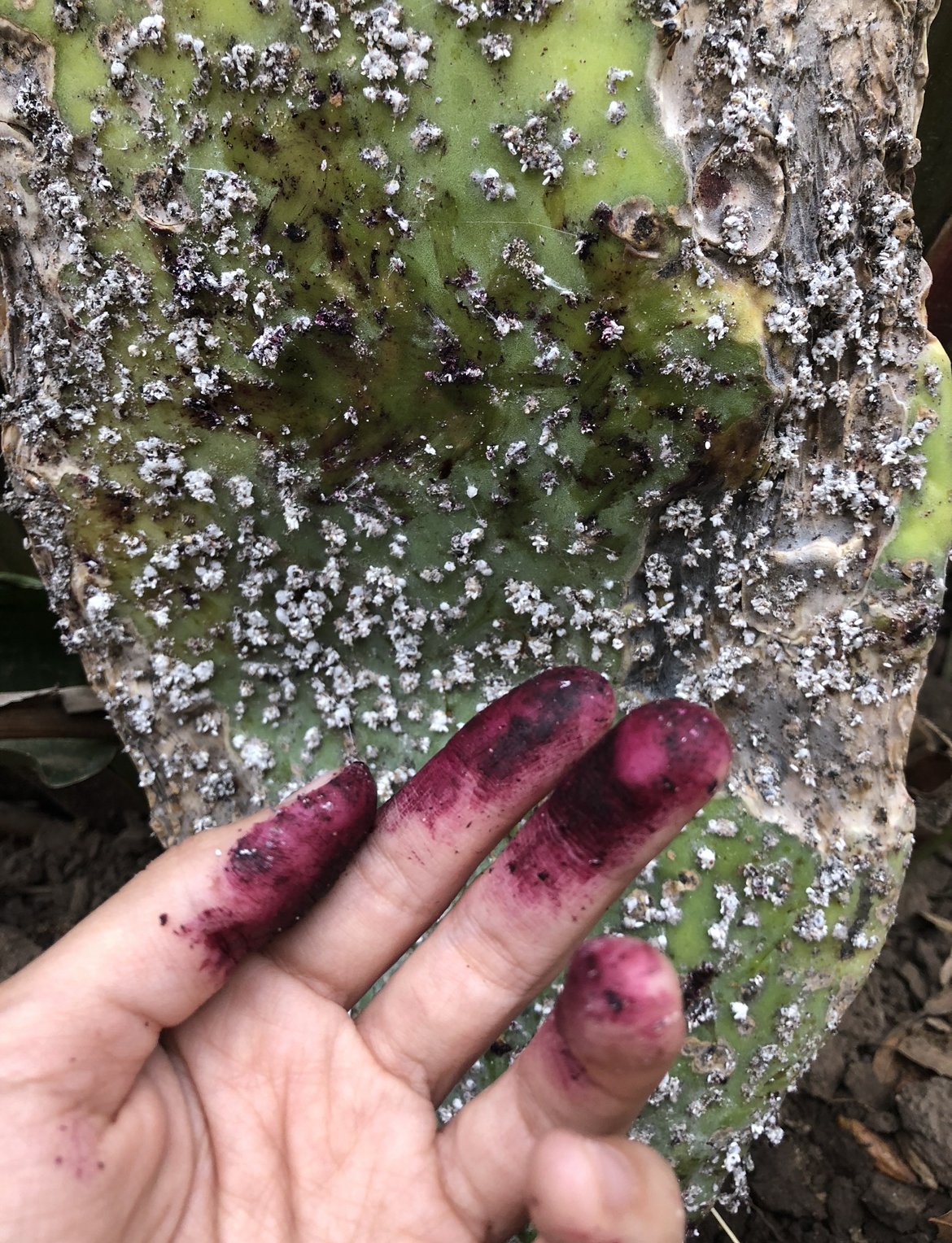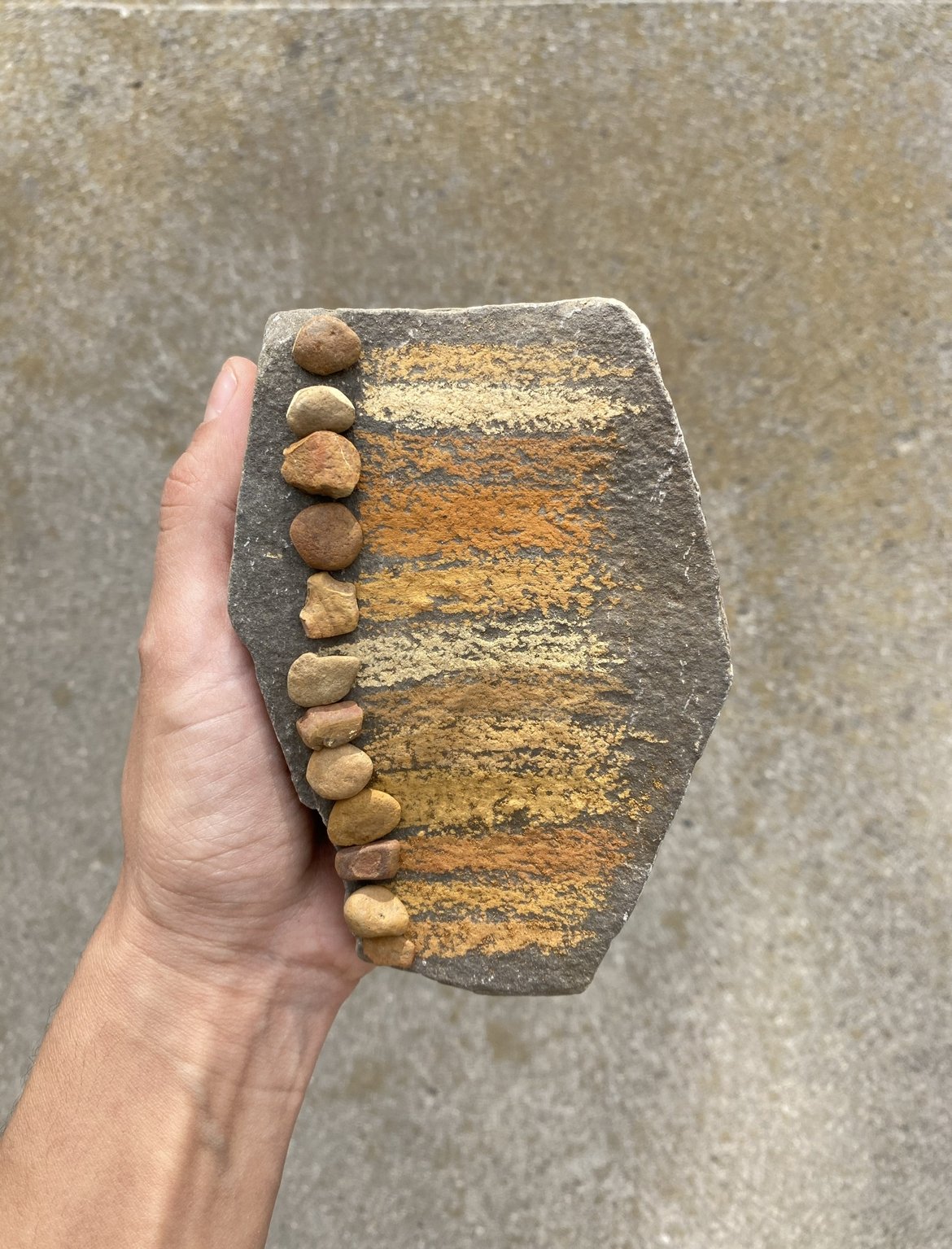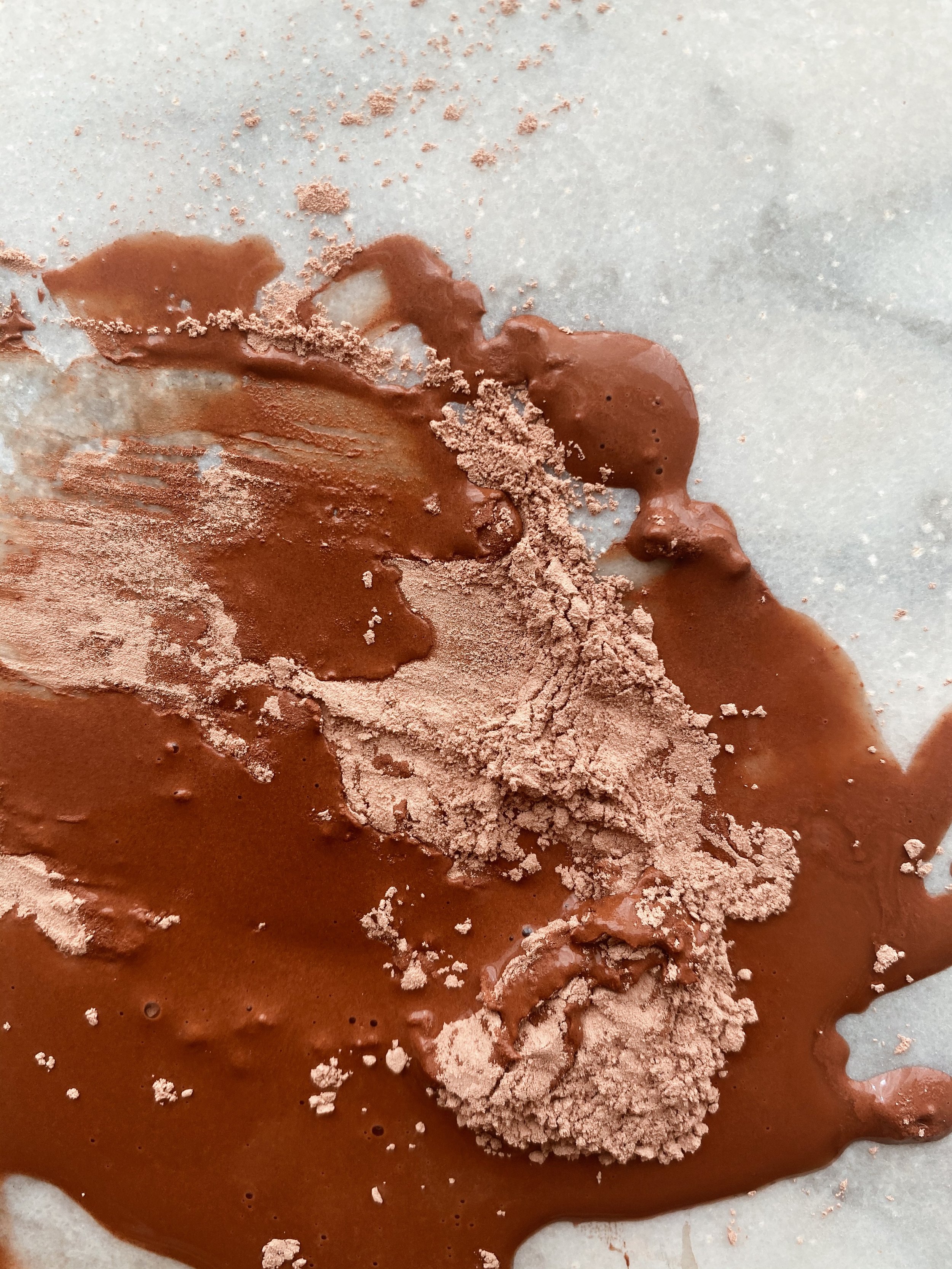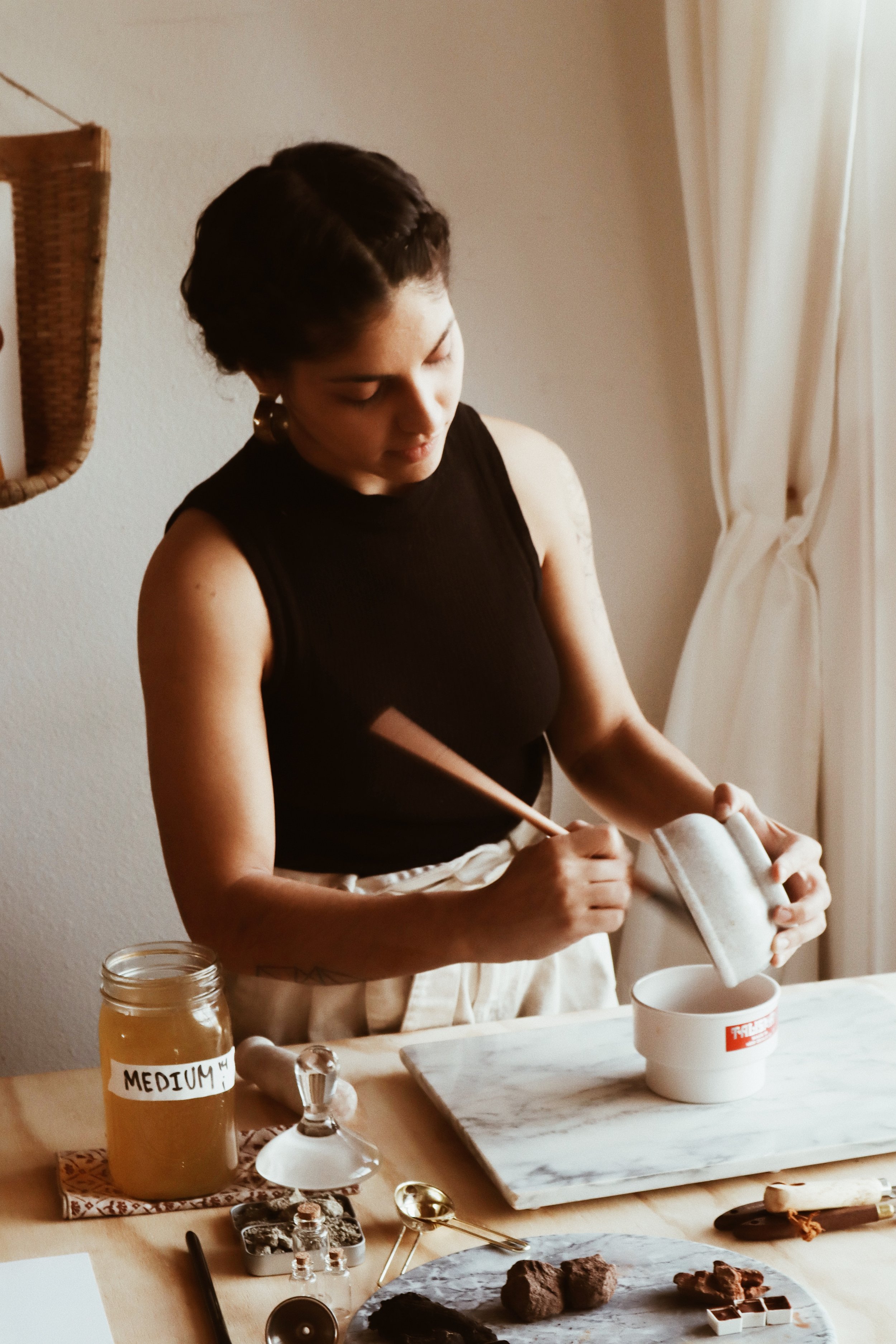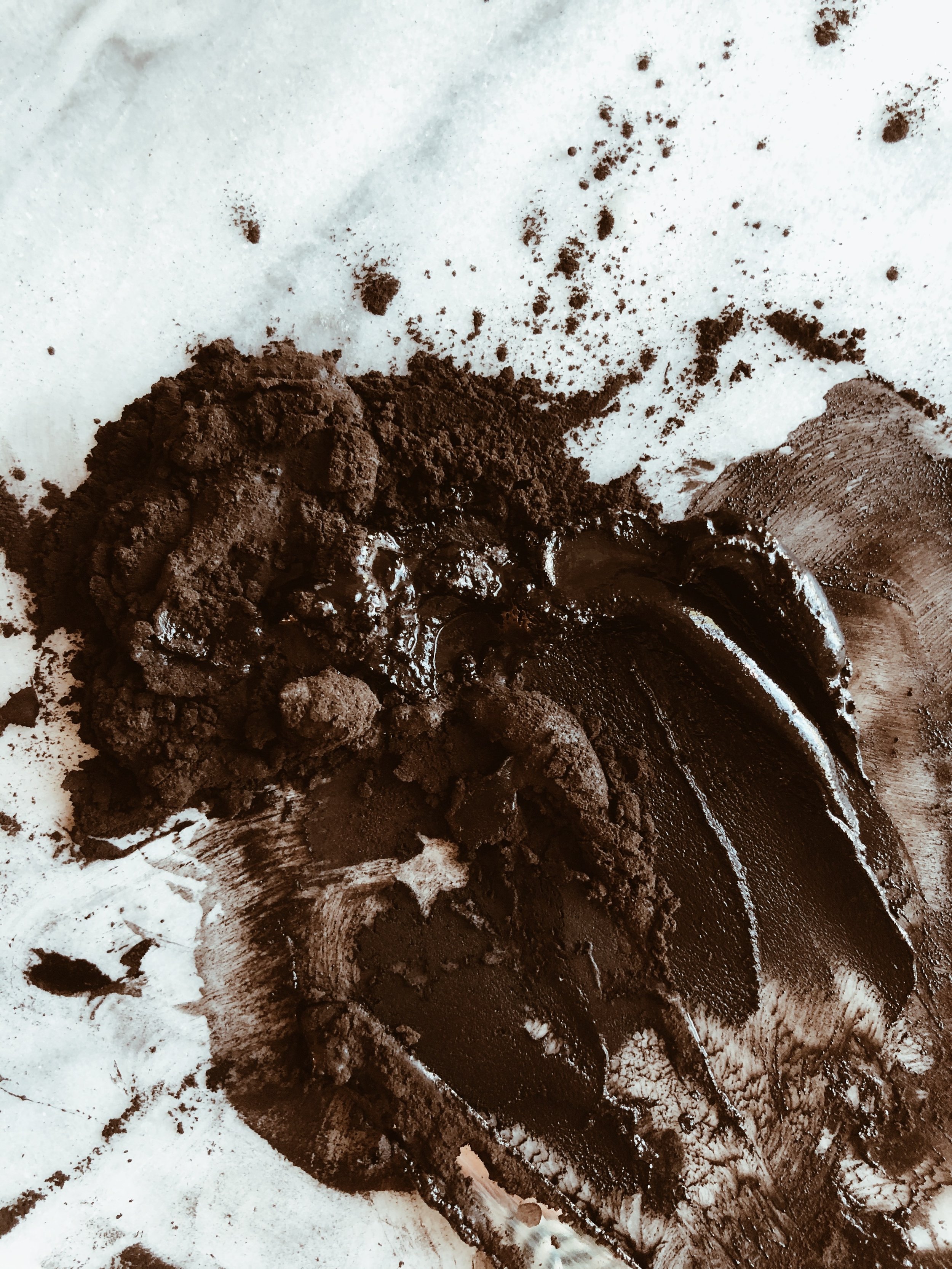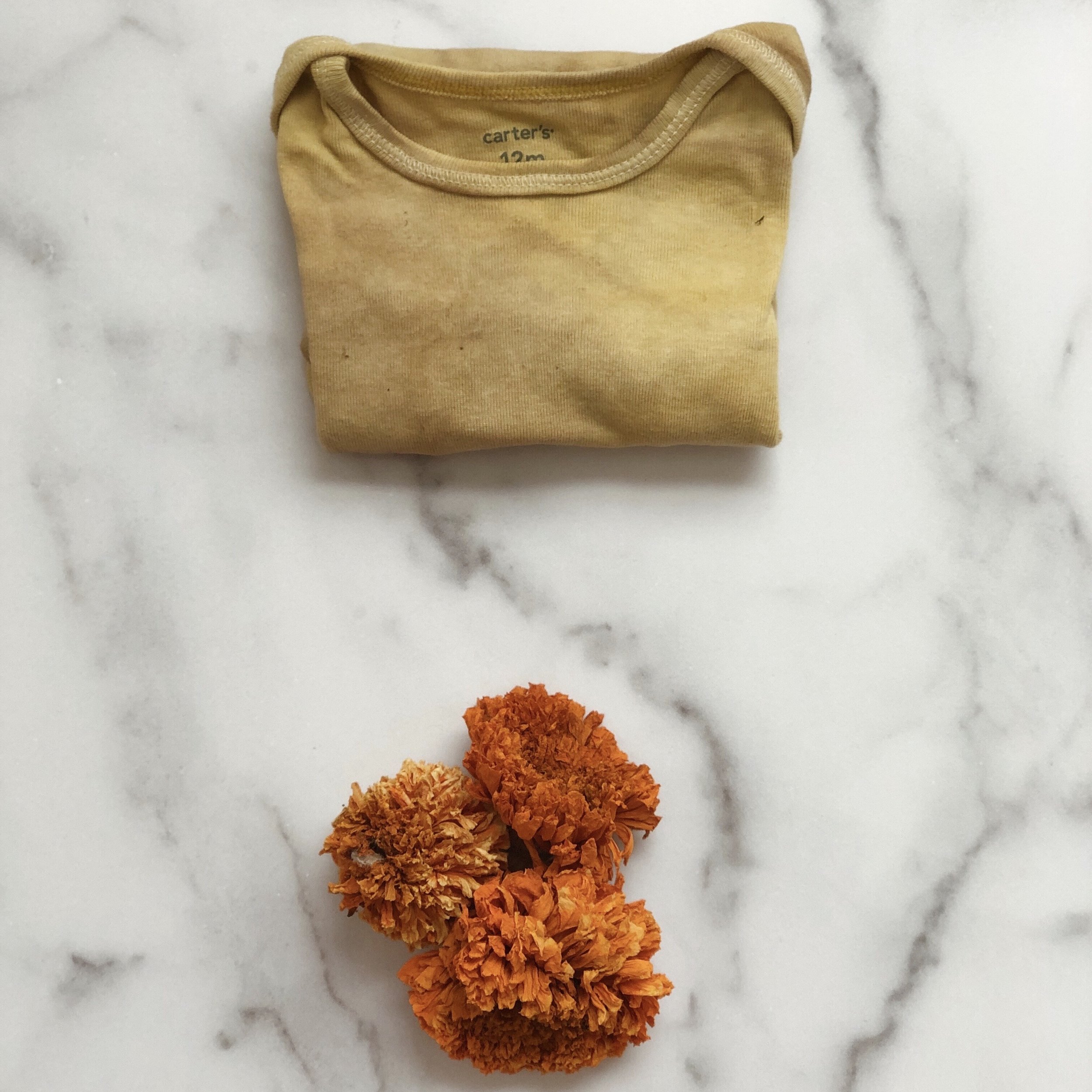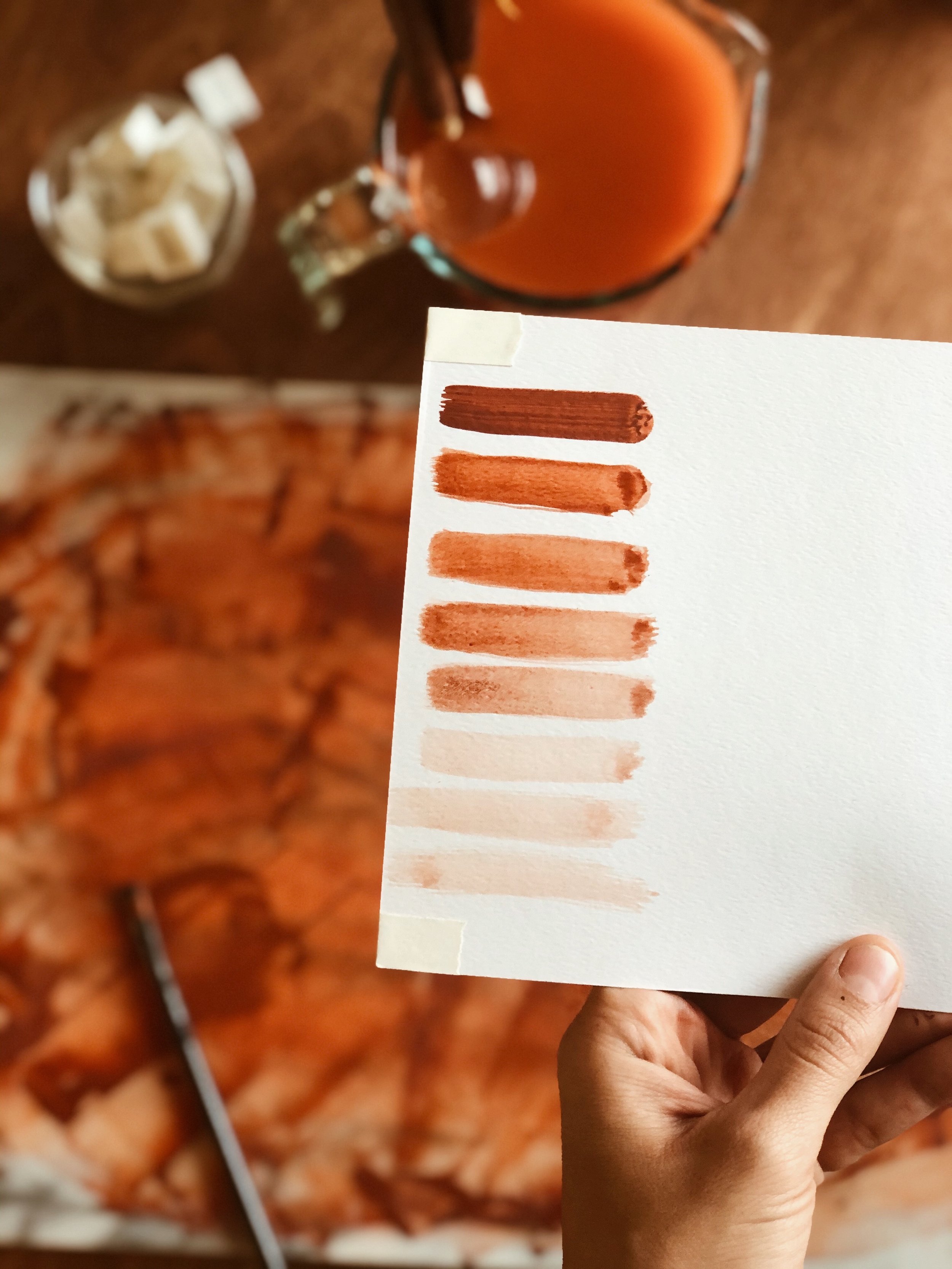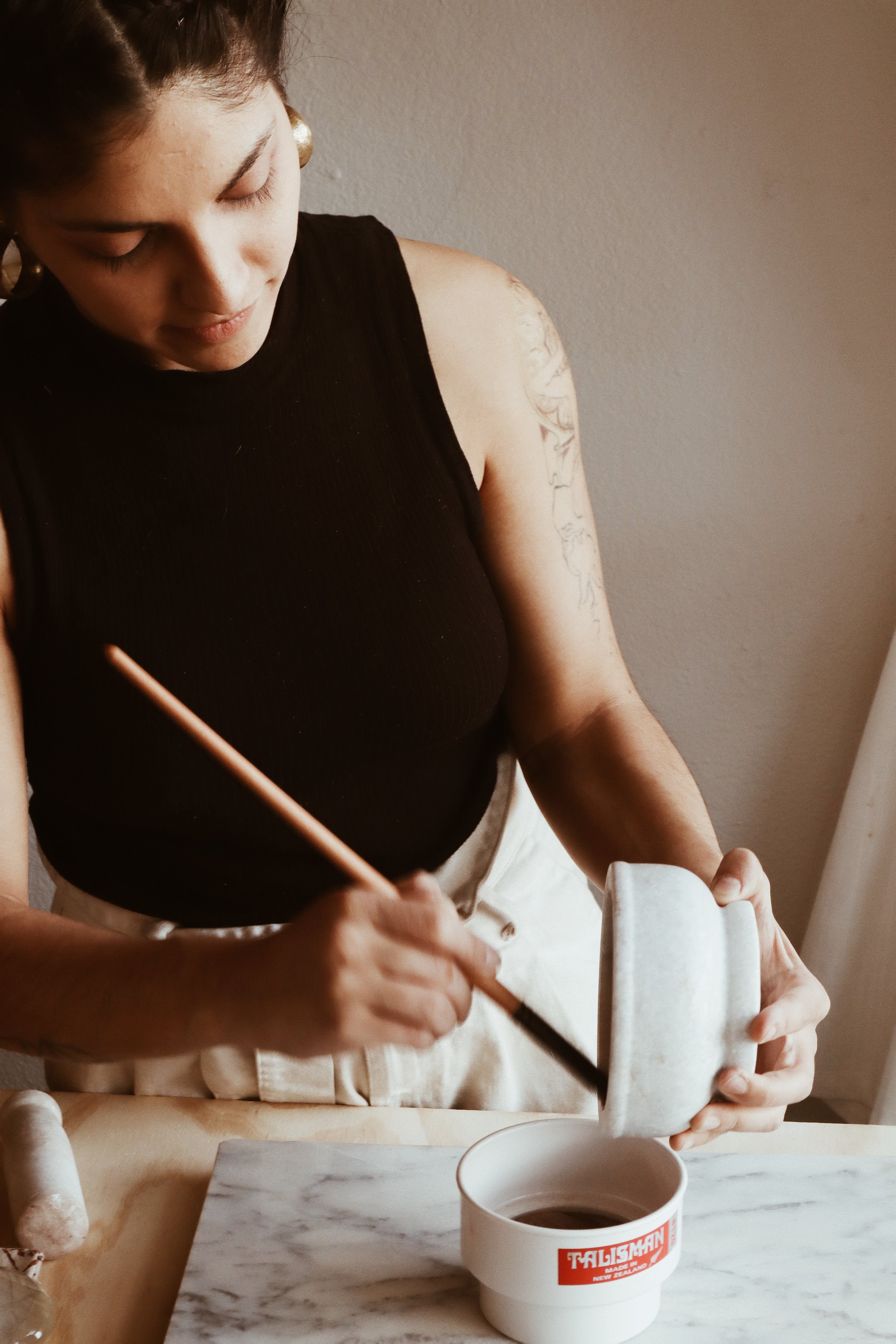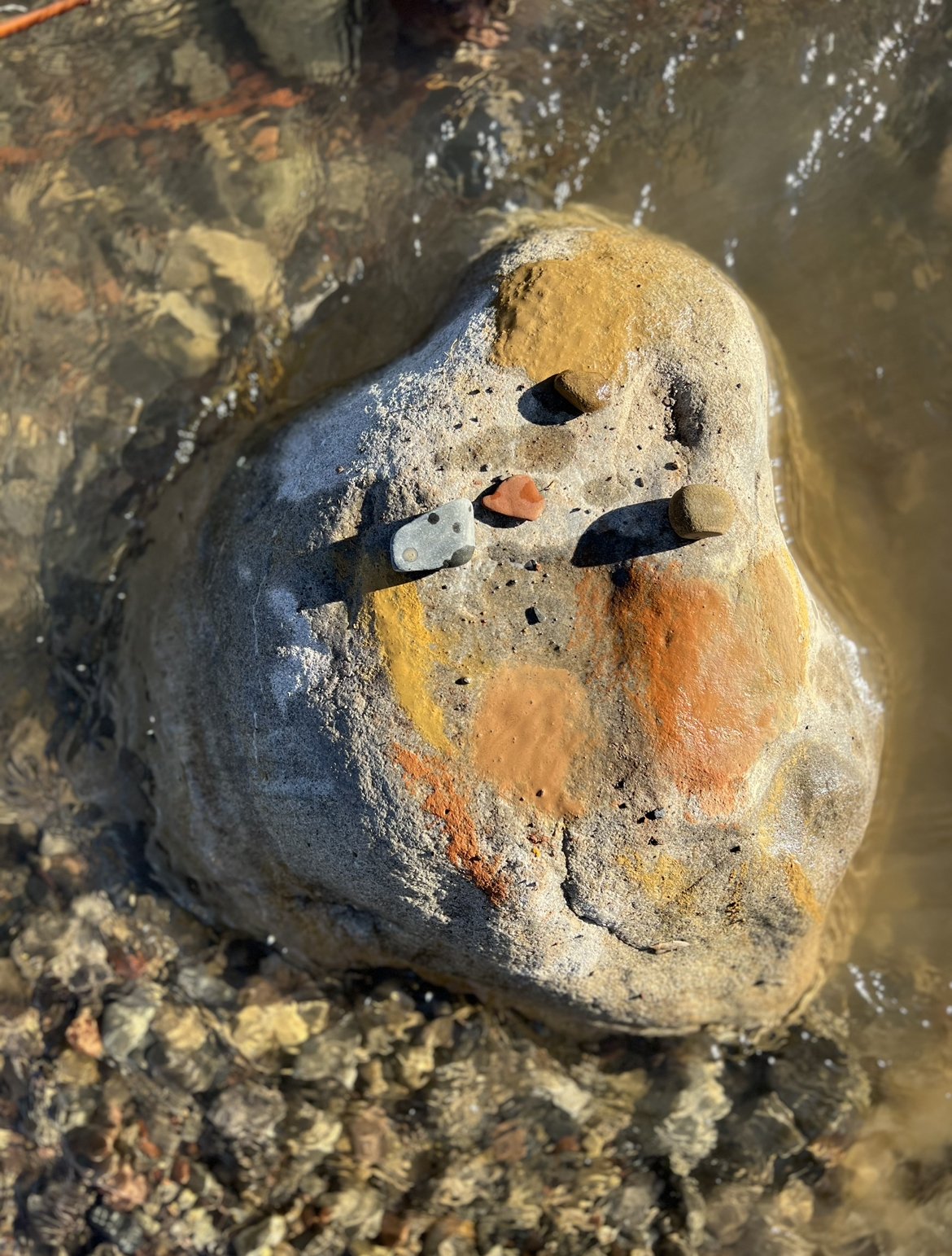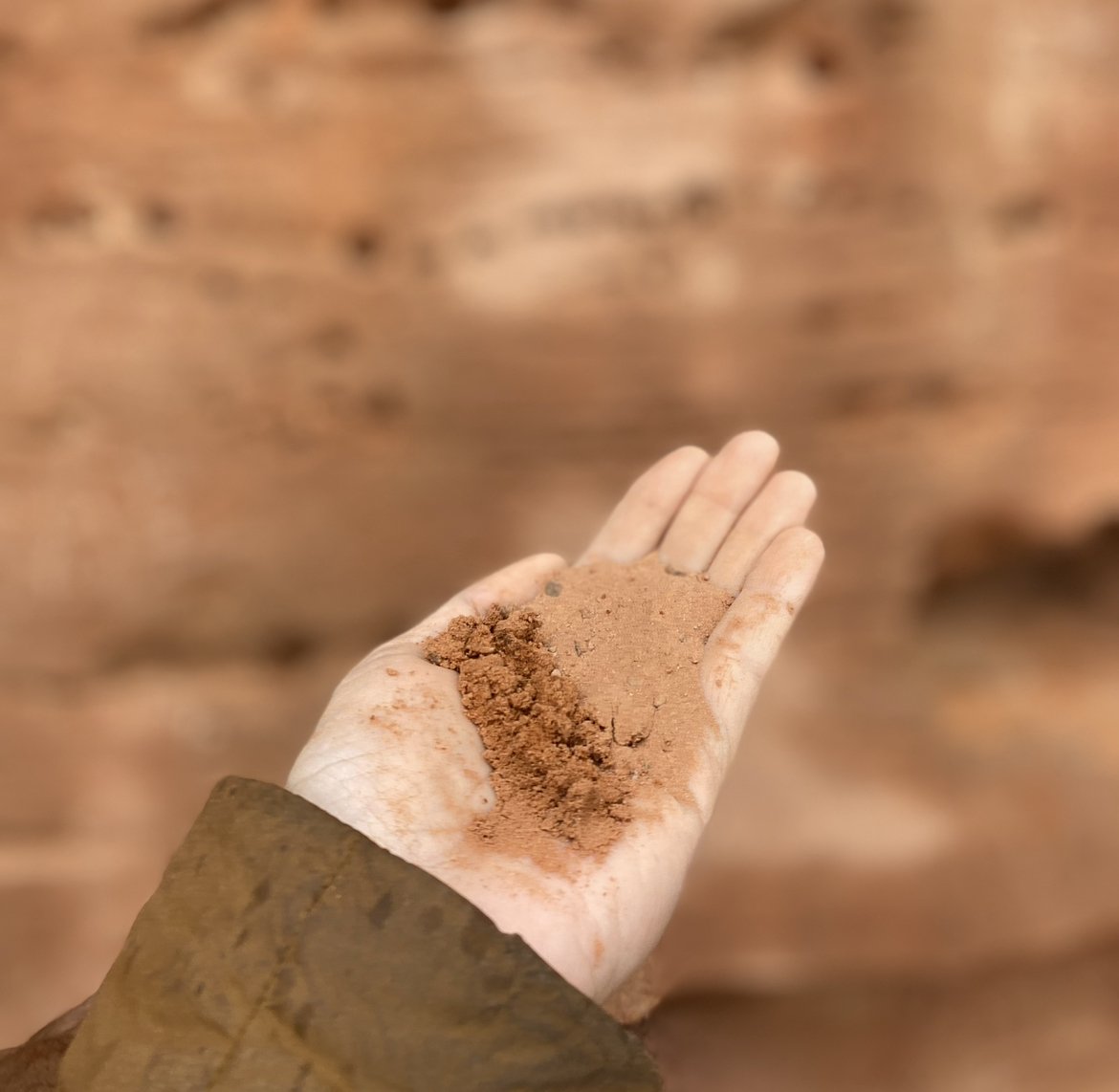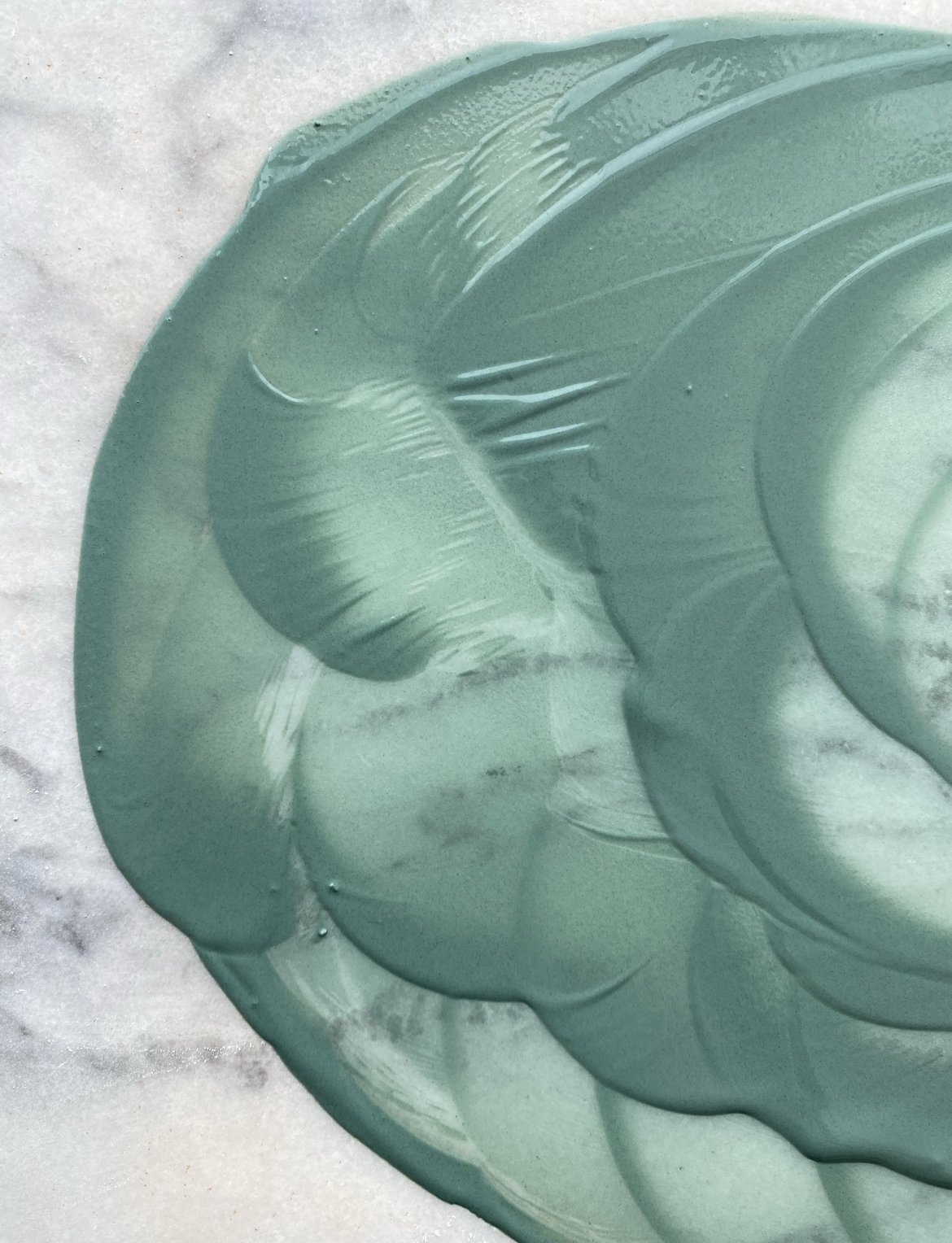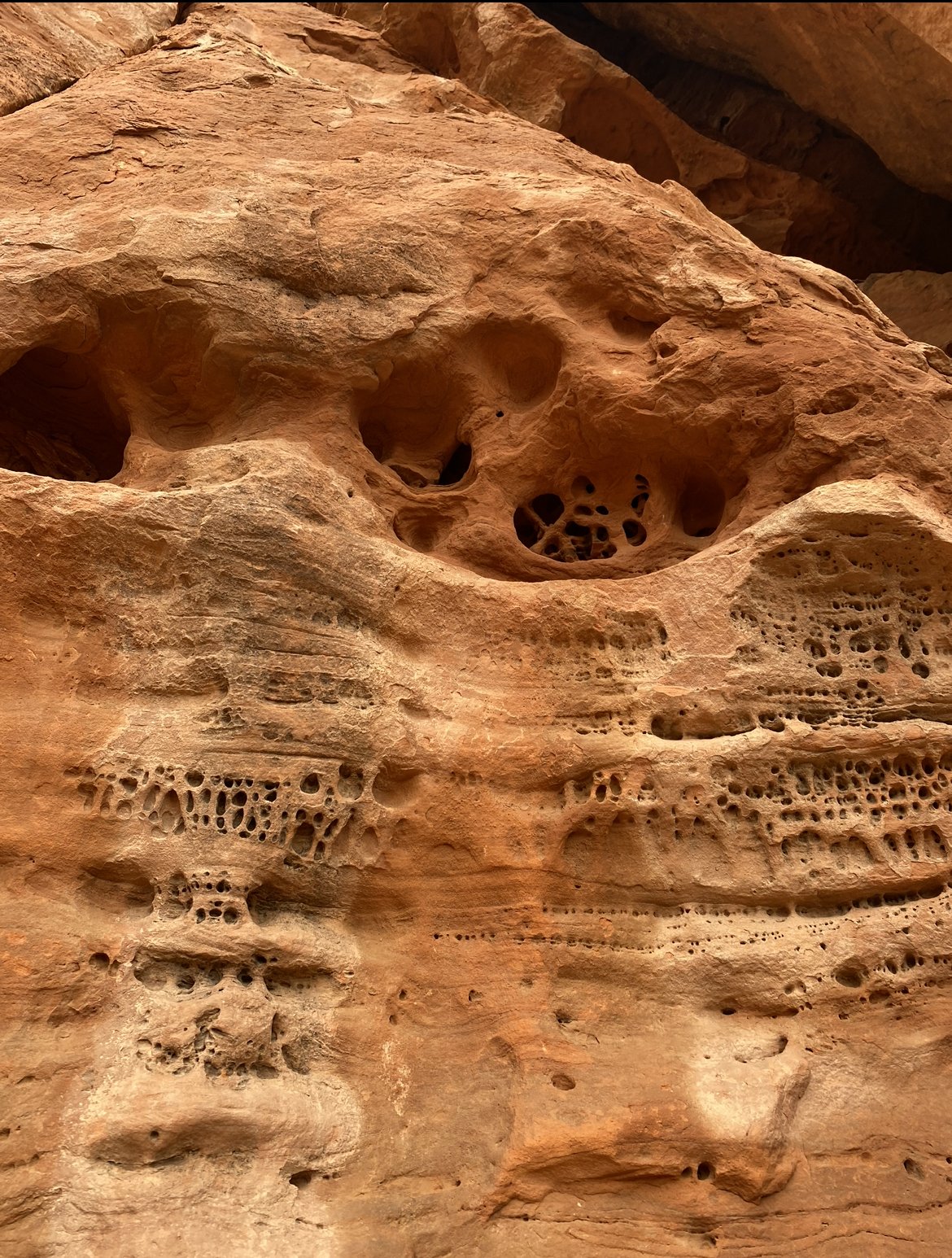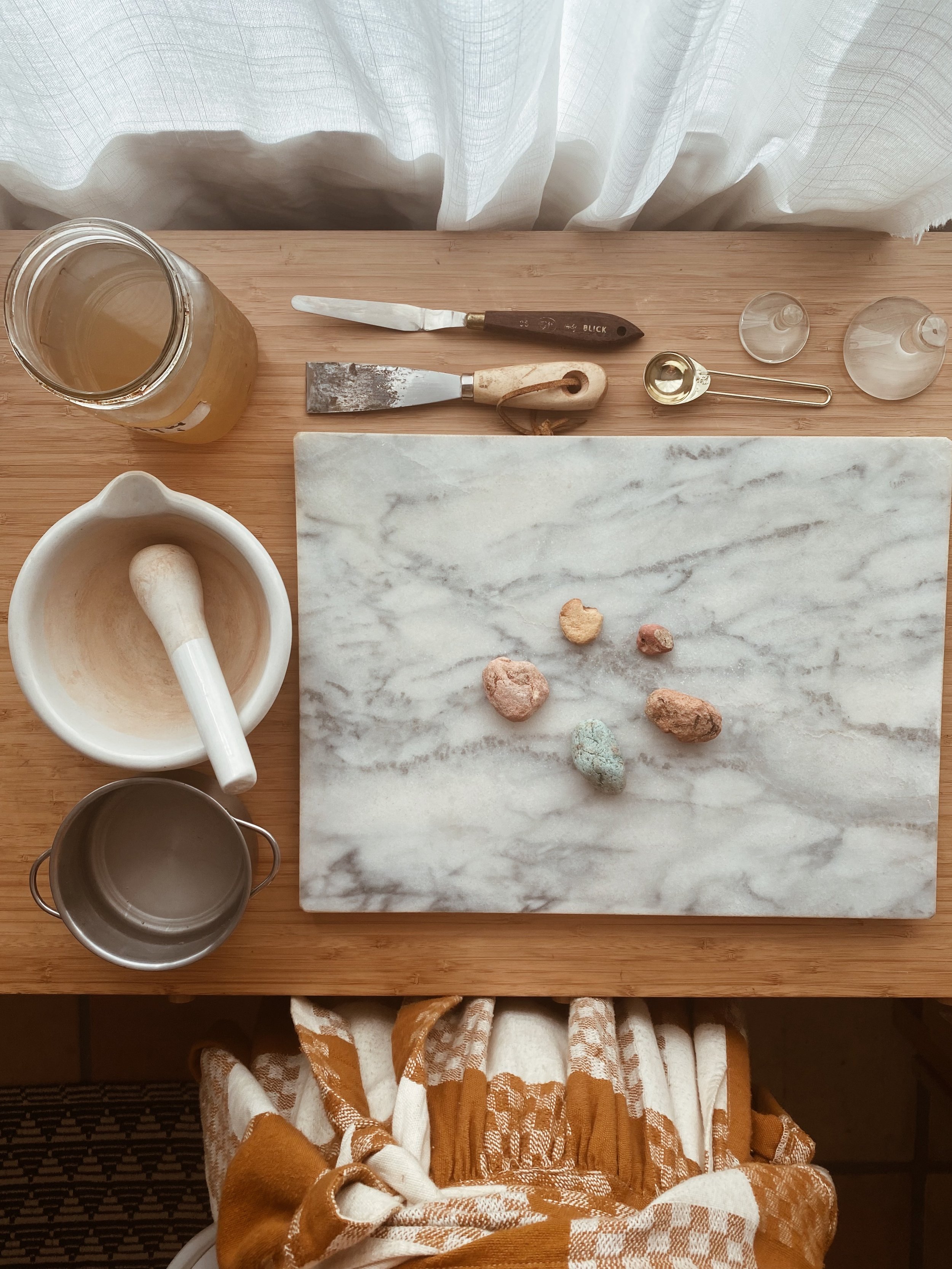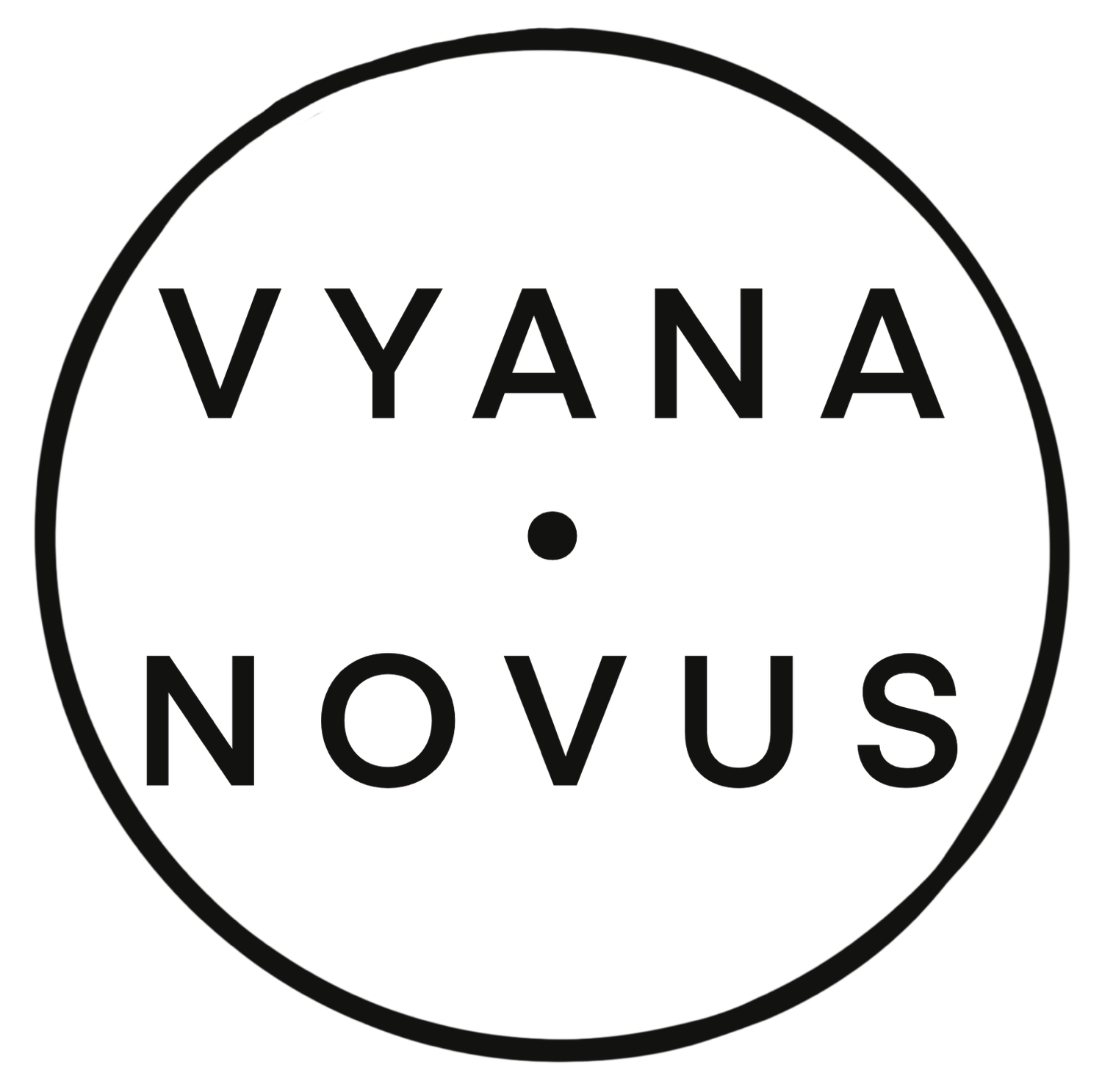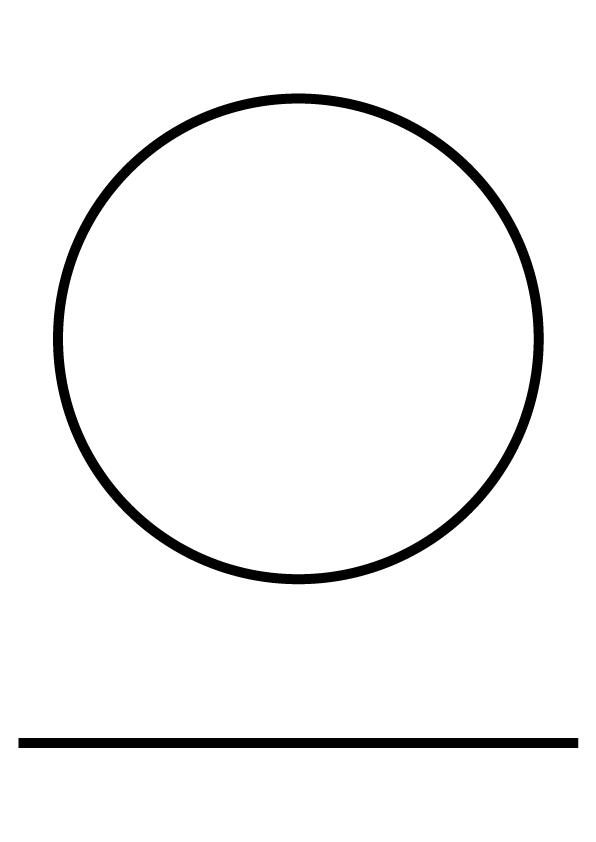Colorful Earth
In my studio, I process stones and plants into colorful creative mediums including watercolor paint, block printing ink, fabric paint, and ink.
Foraged Art Supplies
Picking & Processing
Learn about my process from raw material to a final work of art.
-
When collecting soil and rock pigment, I harvest small amounts each time. I avoid tools to expand my body to land relationship, and to receive what is offered without disturbing the environment. Gathering in moderation and leaving for tomorrow is essential for me.
-
This year, I’m growing a dye garden full of flowers and foliage that create a wide spectrum of colors. When not using plants I have an intimate relationship with, I prioritize food waste, what has been cut or is set to be cut for landscaping, and what has fallen before collecting from a living plant.
When I do gather from a living plant, I take a moment in silence with it, I make an offering, and I listen with my hands for the guidance of what branches and leaves to collect.
-
At the core of my earth pigment practice is my relationship to being human on this planet. Foraging ochre (iron rich rock) is collecting the blood of the planet—a portal into deep time. Growing a dye garden is believing in a more beautiful future.
This practice roots me in my body, in this moment, in my ancestral inheritance, in my community, in a never ending cycle of time, in an infinitely expanding Universe.
This practice reveals what feels to me like the essence of life—beauty and pain coexist, and connecting to that reality is a decision that lives within me right now.
-
My watercolor paint begins as resin and rock. I use gum arabic—the resin of the acacia tree—blended with honey, glycerin, and lavender oil to create a homemade watercolor medium. After grinding and sifting my pigments into a fine powder, I use a glass muller to fully hydrate the particles in medium. And there it is—paint!
-
To create earth pigment printing ink, I use rice paste, gin, and water until I get the proper tacky texture required. From there, the ink can be used like any other block printing ink.
-
Making ink for painting or writing is one the easiest processes in my studio. After simmering my raw material in a water, vinegar, and salt solution, I add a few drops of gum arabic, and there you have it.
-
Earth pigment fabric paint uses freshly made soy milk as a mordant—the bridge that binds pigment to fiber. The paint itself is very easy to make, but the fabric prepping, curing, and milk making is where the most time is spent.





